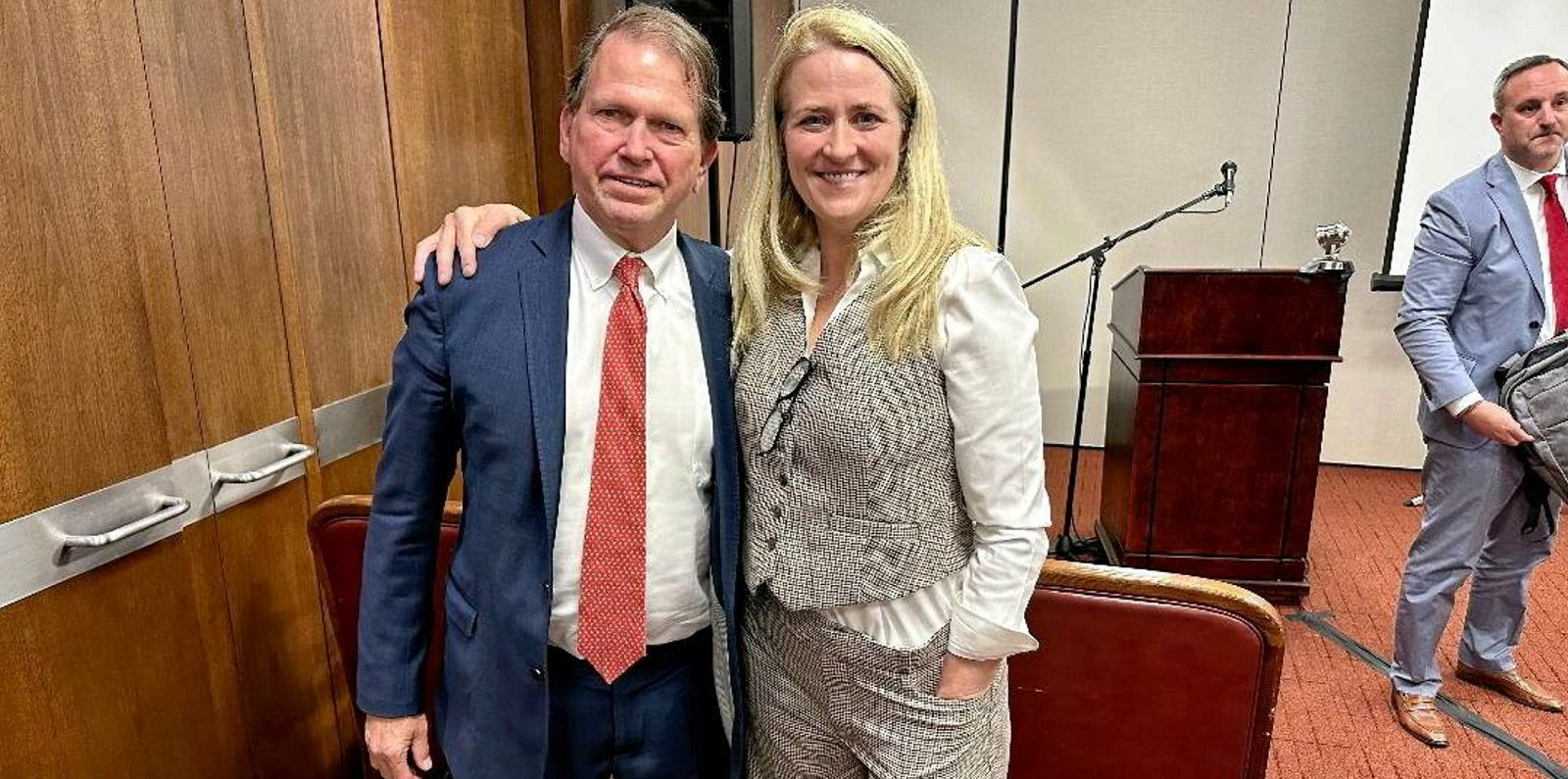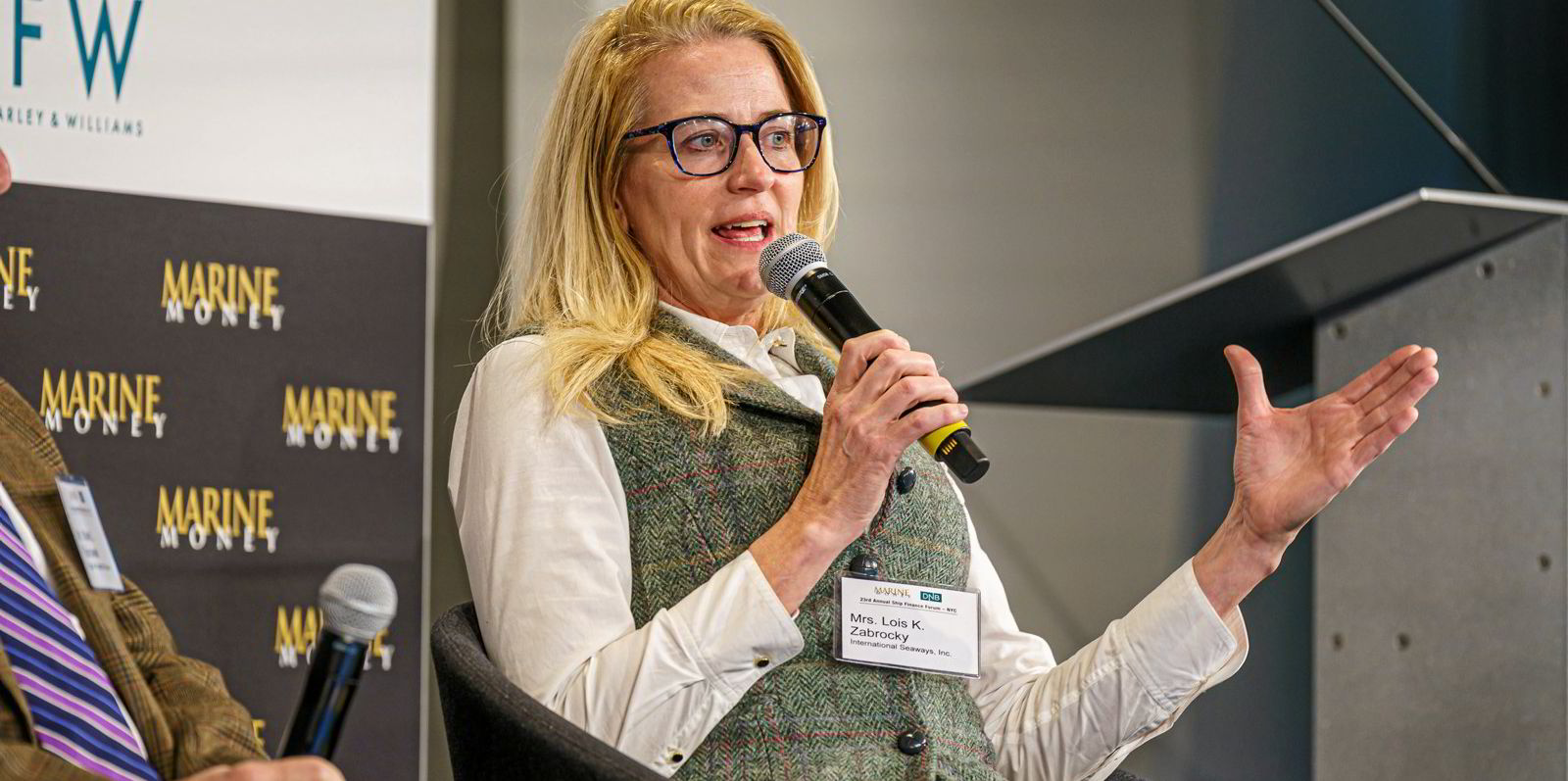Consolidation has always been a difficult thing for the highly fragmented, highly ego-driven shipping industry.
Even John Fredriksen’s record-setting $2.35bn acquisition of 24 VLCCs from Euronav is proof of that.
The pending deal came the hard and ugly way following a failed merger attempt that was blocked by an entrenched shareholder, the ouster of an incumbent CEO and then a spate of legal wrangling.
Maybe that’s why some view consolidation almost as a good unto itself in an industry that so resists it. Isn’t bigger simply better?
Of course, that’s not always the case.
Consolidators need the market to move their way as well. And when that’s not the trend, shipping has seen the owner who got the timing wrong eventually huddling with his bankruptcy lawyers as larger exposure to a bad market proves not to be so good at all.
All that brings us to this week’s reporting of third-quarter earnings by New York-listed International Seaways.
One of several takeaways from another profitable quarter is that the Manhattan-based tanker company’s 2021 acquisition of Diamond S Shipping in a $416m all-stock deal is looking better all the time.
The star performers in Seaways’ diversified fleet of clean and dirty tonnage continue to be the suezmaxes and MR tonnage acquired from Diamond S.
The Connecticut company was once the shipping play of legendary US investor Wilbur Ross before he entered the political arena under former US president Donald Trump.
Advantages in shifting crude markets
Seaways’ suezmaxes out-earned its VLCCs in the past quarter by $58,200 per day to $46,400, and continue to do better so far in the fourth quarter.
Meanwhile, the MRs earned $31,500 against a market benchmark of about $25,000 per day, and remain above $30,000 in the current quarter, even though much of the fleet is approaching 15 years old, the mark at which major charterers supposedly have little interest in products tonnage.
On the MR side, Seaways announced in its earnings that, even as it continues to selectively weed out the older ships, it has been able to fix three 2008-built MRs and one 2011-built MR on charters of between two and three years.
This prompted equity analyst Ben Nolan of Stifel to marvel at the MR performance on Seaways’ investor call.
“Seems like you are still doing really well with them,” Nolan said. “Do you think it’s possible to sweat them out to 20 years or even longer, or is that just not part of the DNA for you guys?”
Seaways CEO Lois Zabrocky did not hesitate.
“Actually, we totally do think that that’s part of our strategic plan there … the products are just really earning. So we feel like these MRs are just a complete strength for us. And we certainly see that they are trading very competitively in the market. We’ve maintained them very well and they have really strong potential.”
Added chief commercial officer Derek Solon: “Because the rates have been so good on the MR side, we see increasing opportunities for charters. What we are looking for is multi-year charters for some of the ships around the 2008, 2009 vintage.”
Streetwise spoke with other analysts on the call, including Liam Burke of B Riley Securities, who had written favourably about the Seaways-Diamond S combination when it was first disclosed.
Burke acknowledged that the deal is looking better as we go.
Seaways’ suezmaxes are benefiting from cuts in Saudi crude production that have moved supply sources to areas like Africa and Latin America: “Those are better suezmax markets,” he said.
Further, despite the supposed bias against 15-year-old MRs, multiple-year charter contracts at that age seem to suggest something else.
“It indicates someone sees value in those vessels and wants to lock up some tonnage,” Burke said.
“Why wouldn’t Seaways sweat those assets? If you can squeeze a little more life out of them, it’s a lot better than recycling them or switching to dirty cargoes. I think also with owners being hesitant to order new tonnage, it creates the opportunity to get more trading life out of that sort of vessel.”
Another strong endorsement came from Omar Nokta, Burke’s counterpart at Jefferies.
“Looking back it was a very well-timed transaction,” Nokta said of the merger.
“Not only did it give Seaways exposure to suezmaxes and MRs, but it gave them significant critical mass in those two markets. And those two have been very strong performing segments since early 2022.”
Zabrocky of course has been bullish on the merger from the start, and she remained so when Streetwise found her visiting clients in Dubai.
“The third quarter highlighted our significant presence in the MR and suezmax sectors following the Diamond S merger. They contributed more than half of our revenue during that quarter,” Zabrocky said.

“Merging two years ago with this high-quality and deeply skilled team has provided scale, and transformed Seaways’ earnings capacity at an opportune time in the markets.”
Another source in the Seaways camp noted that the Diamond S ships had already paid for themselves, describing the current scenario as “playing with house money at this point”.
So the move by Zabrocky and the Seaways team on the former Ross vehicle indeed seems to have been well timed.
Did the Russian invasion of Ukraine in February 2022 perhaps aid and abet that? Maybe, but shipping is a tough game and some of history’s smartest shipowners have been some of its luckiest.
Burke’s point about whether a constrained orderbook may be changing charterer attitudes toward older but well-maintained tankers may be another trend worth watching. Perhaps the Diamond S tonnage wasn’t as “old” as it appeared.
And since we’re talking about consolidation, we have to bring the conversation back to Fredriksen.
Diner or dinner?
One thing about the M&A game is that today’s diner can become tomorrow’s dinner.
So while Seaways successfully swallowed Diamond S, it also has the great Fredriksen as a 16% guest at its shareholding table. This has become quite the elephant in the room over the past 18 months or so.
The tycoon may still be digesting his Belgian dinner for a while, but some think he’ll eventually be hungry again.
Analysts like Nolan will keep asking about “strategic investor kind of issues” and wondering “if there is any incremental dialogue”, as the researcher did with Zabrocky this week.
The Seaways CEO was all the way in Dubai, but the phone connection was good: could it have been tap-dancing we heard on the line?
“We feel really good about the returns that we’ve been able to deliver to all of our shareholders,” Zabrocky said.
Diamond S has helped with that, and for now it’s Seaways’ moment to shine.
But those shiny objects do attract attention from consolidators.
More ship finance news
Finland’s ESL Shipping has clinched new investment to drive forward its zero-emission bulker ambitions. OP Finland Infrastructure will pump €30m ($32m) into ESL against an issue of new ESL shares. Click here to read.
A merger that would create the world’s largest owner of wind turbine installation vessels has cleared regulatory hurdles on potential antitrust issues and is now being put to a vote of shareholders. Click here to read.
Ambitious Croatian owner Tankerska Plovidba is set to launch a takeover offer for compatriot bulker player Atlantska Plovidba. A combination of the two Zagreb-listed groups would see a unified fleet of 33 tankers, bulkers and ferries. Click here to read.





